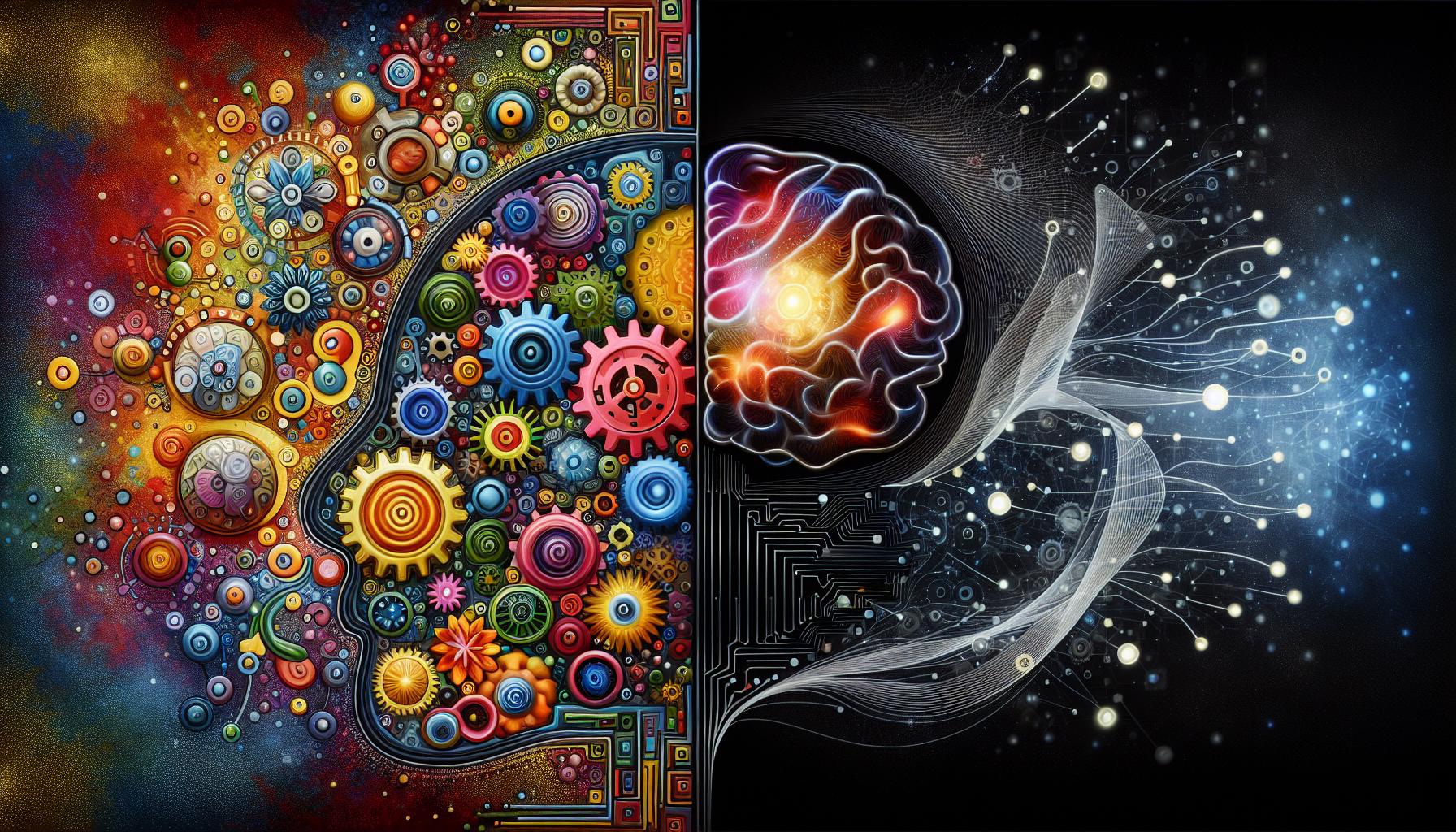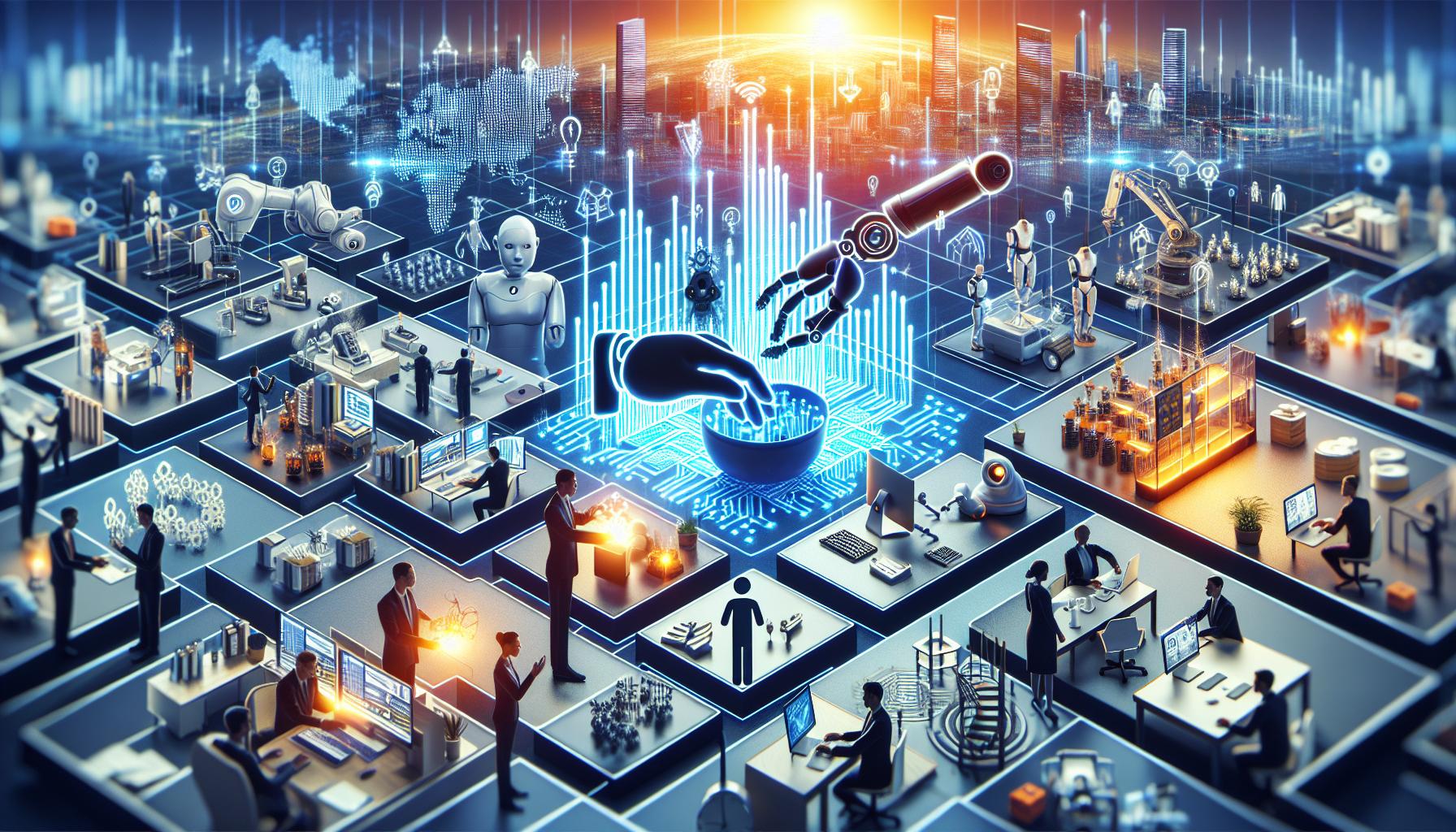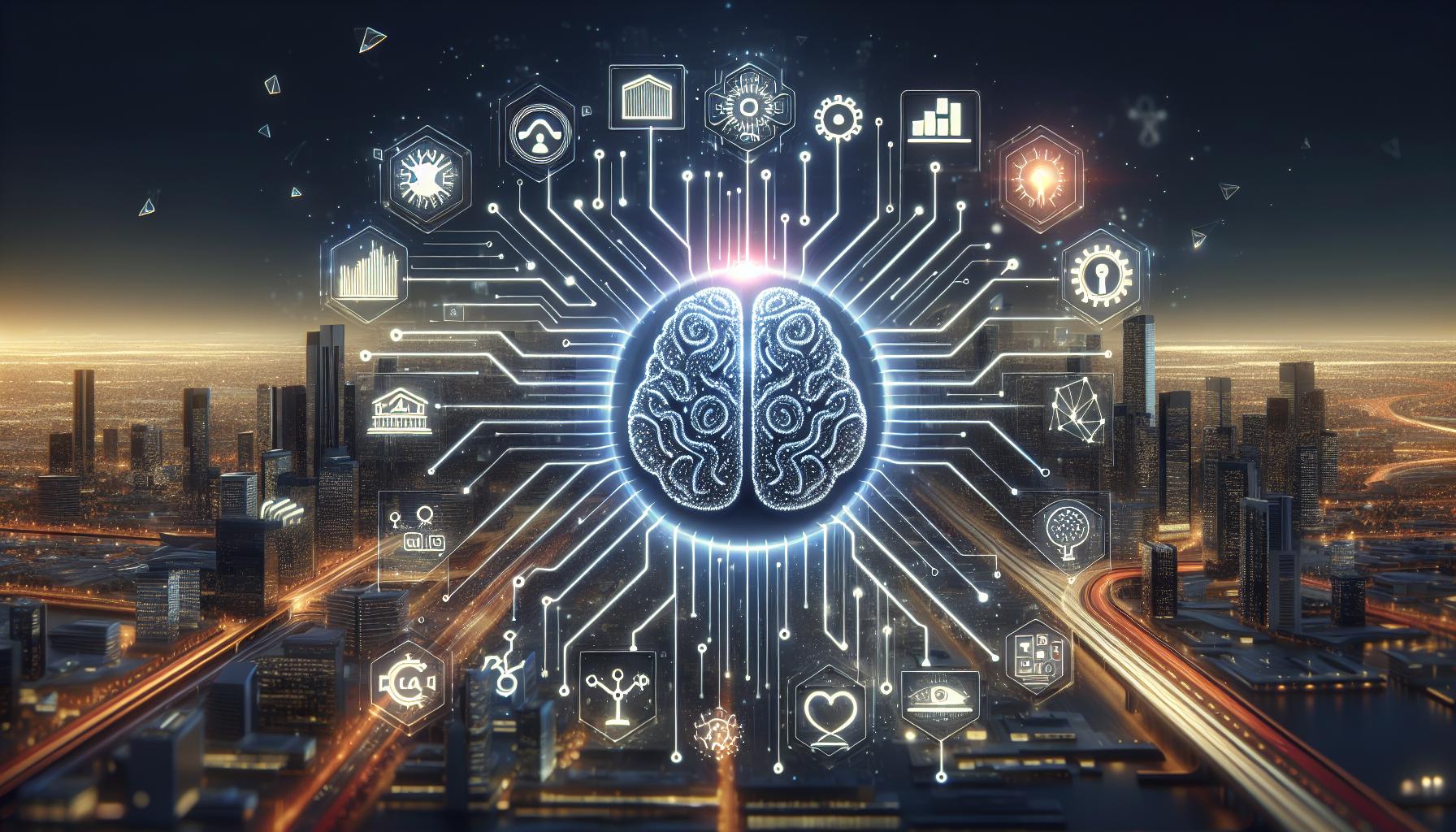Rethinking Creativity: How Artificial Intelligence Will Change The Future of Idea Generation

Introduction
The intersection of Artificial Intelligence (AI) and creative processes is transforming how businesses conceive new ideas. As A.I. technologies advance, they become more adept at not only analyzing vast torrents of data but also at simulating the creative thought processes that were once considered exclusive to humans. This article delves into the innovative A.I. tools that redefine creative strategies in business environments and addresses the crucial balance between technology-driven innovation and the indispensable human touch.
AI in Enhancing Idea Generation
Businesses today are turning to A.I. to streamline and enhance their idea generation processes. Tools based on A.I. can process and analyze data at an unprecedented scale, providing insights that go beyond human capacity. For example, AI-powered analytics platforms use predictive models and market trends to suggest creative solutions to product development teams. A.I. is also implemented in brainstorming tools where it simulates creative processes, suggesting diverse approaches and perspectives that might not surface in conventional human-only sessions.
Technologies at the Forefront
Several technologies are leading the charge in integrating A.I. with creativity. Neural networks, which mimic the way the human brain processes information, are particularly influential. These networks can generate novel patterns, designs, or solutions based on the training they have received. Furthermore, machine learning algorithms are essential for refining these models, allowing them to adapt and evolve based on new data, continually enhancing their capability to suggest innovative ideas.
Concerns About Originality and Human Touch
Despite the benefits, the use of A.I. in creative processes raises concerns about the originality of ideas and the potential loss of the human touch. Critics argue that A.I. may generate ideas that, while novel, could lack the emotional depth or the nuanced understanding that human creators bring. To address these concerns, many argue that A.I. should not replace human creatives but rather serve as a tool to augment creativity. By working in tandem with AI, human creatives can leverage computational power while injecting emotional and social intelligence into the creative outputs.
Case Studies of A.I. in Creative Businesses
Real-world applications of A.I. in creativity often illustrate its potential to complement human efforts. For instance, advertising agencies use A.I. tools to analyze consumer data and create targeted marketing strategies which are then fine-tuned by creative teams to ensure they resonate on a human level. Additionally, product design firms utilize A.I. to simulate consumer responses to different designs, allowing human designers to focus on refining products that meet real-world needs.
Conclusion
The integration of A.I. into creative processes is inevitable and promises significant advantages. However, its success heavily relies on a symbiotic relationship with human creativity. Businesses that understand and implement A.I. as a supportive tool, rather than a replacement, will likely lead in innovation and efficiency, securing a competitive edge in the markets of the future.



